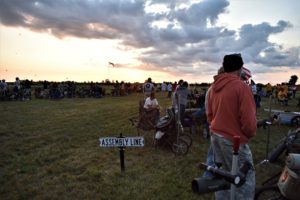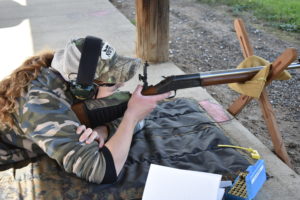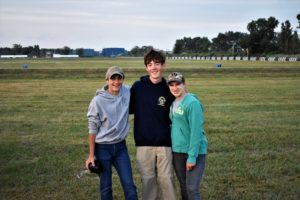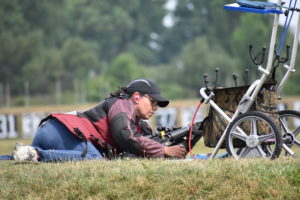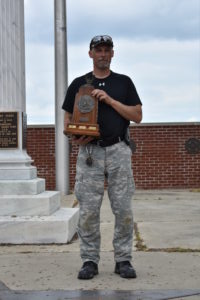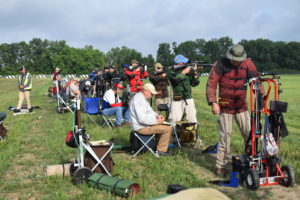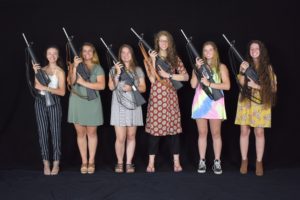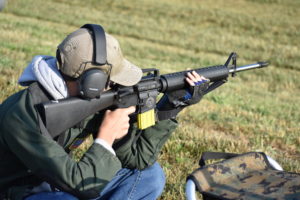
The sitting position in high power service rifle competition is more stable than the standing position, but it still requires discipline and attention to detail.
In the National Match course for high power service rifle, the 200-yard rapid fire stage follows the slow-fire standing stage. Most competitors choose to shoot rapid-fire at 200 yards from the sitting position, while a few may prefer kneeling. Both are permitted.
Competitors must fire ten rounds in a time period of sixty seconds with a magazine change. These ten rounds should be split between two magazines, with two rounds in one magazine and eight in another. The two-round magazine must be loaded and fired first, then ejected and switched with the eight-round magazine.
In some matches, competitors fire their rapid immediately after the standing stage, while in other matches, they may have to pull their gear off of the line and bring it on again after all competitors (except those in the pits) fire the standing stage. There are two primary reasons for this second method.
One, all competitors on the firing line fire the standing stage before anyone shoots rapid-fire sitting. This method helps in equalizing the conditions for the competitors. Second, the time between standing and sitting allows competitors with match rifles to make adjustments to their stocks and adapt their rifles for the next position.
For service rifle shooters, not as much time is needed, as there are no adjustments to make other than unhooking the sling from the rifle and maybe adjusting the stock. While permissible service rifle stocks only adjust in length, match rifle stocks can have adjustable butt plates, cheek pieces, and many other fine-tuned adjustments.
This article will focus on service rifle and the sitting position. Every person shoots sitting slightly differently because each person’s body is different. The two most popular styles are crossed legged and crossed ankle. Crossed ankle is more common among those individuals with knee problems, as it places less stress on the knees. As in the standing position, natural point of aim and consistency are of utmost importance.... Read More
